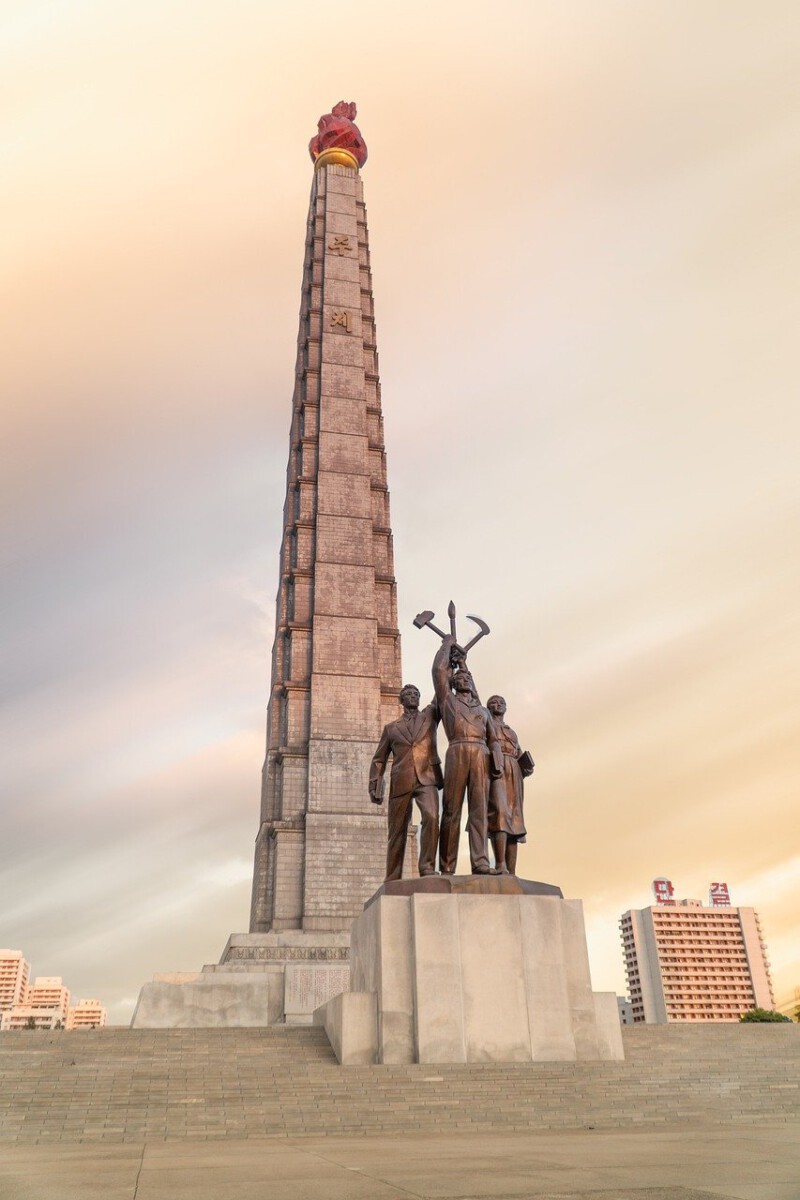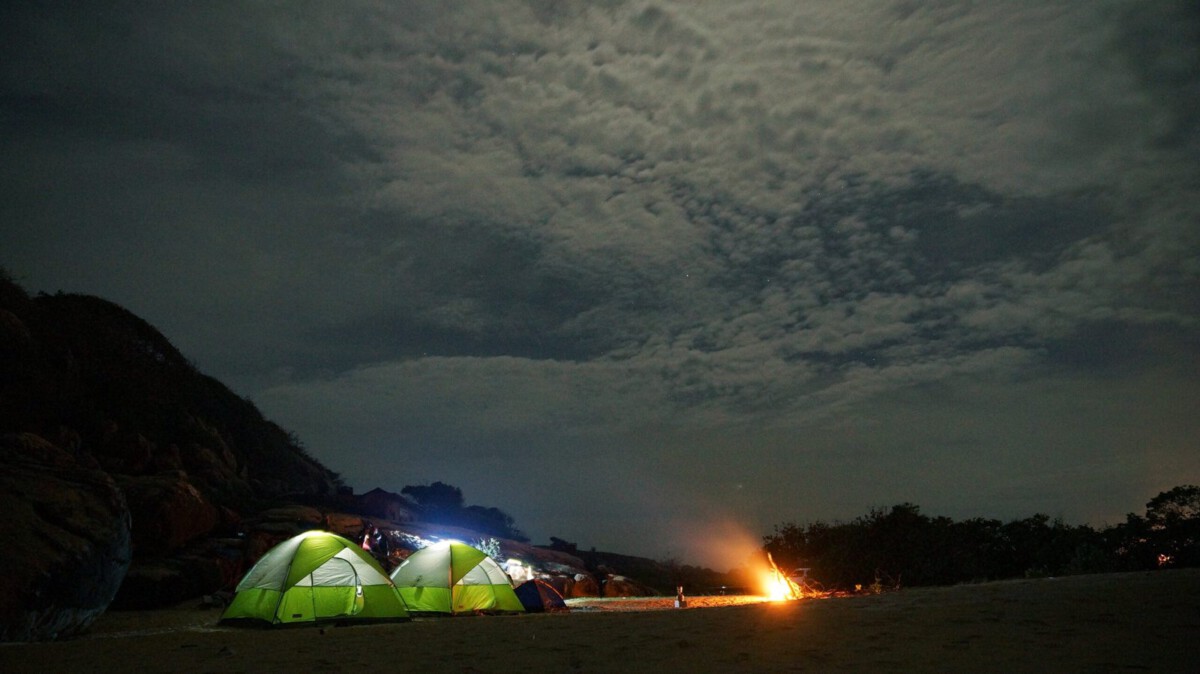The Unstoppable Pulse of Varanasi’s Streets
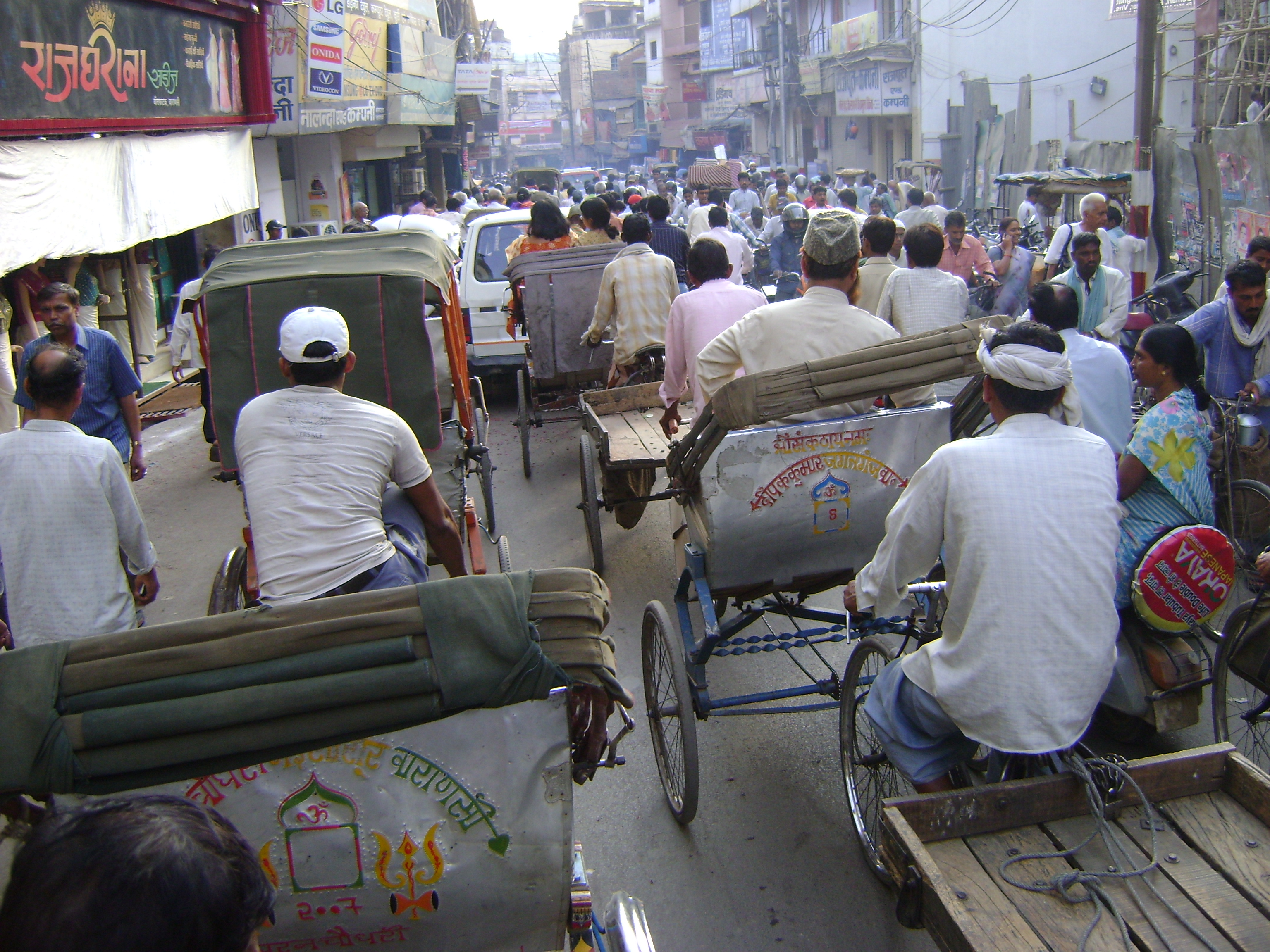
Every day, nearly 1.2 million people navigate the narrow lanes of Varanasi, a city where chaos is not just a backdrop but a way of life. The city’s latest municipal data from March 2024 highlights a 15% increase in road congestion compared to pre-pandemic levels, attributed to a surge in religious tourism and population growth. Rickshaws, scooters, cows, and pedestrians jostle for space, creating a living mosaic of sound and movement. The city’s air quality remains a pressing concern, with the Varanasi Smart City report (2024) showing PM2.5 levels consistently above the WHO safe limit. Despite these challenges, locals describe the chaos as “organized disorder,” where everyone seems to know their place in the flow. Markets buzz with the scent of marigold, incense, and street food, while vendors call out in a symphony of languages. In this relentless rush, Varanasi’s unique energy makes every moment feel urgent and alive.
The Eternal Ganges: Rituals on the Riverbanks

Recent studies from Banaras Hindu University (BHU) reveal that more than 70,000 ritual bathers and pilgrims visit the city’s 84 ghats every day—a number that peaks during festivals like Dev Deepawali, when over 1.5 million people gather. The Ganges, believed to be a living goddess, is the focal point for rites ranging from sunrise prayers to cremations. In April 2025, the National Mission for Clean Ganga reported a 20% reduction in fecal coliform bacteria since 2022, reflecting ongoing cleanup efforts. Pilgrims perform aarti ceremonies at Dashashwamedh Ghat, where thousands of lamps float on the water, creating a mesmerizing glow visible from satellite imagery as per ISRO’s February 2025 release. Despite concerns about pollution, faith in the river’s purifying powers remains unshaken. For many, a dip in the Ganges is believed to erase lifetimes of sin, underlining the river’s unmatched spiritual pull.
Cremations at Manikarnika Ghat: Life, Death, and Beyond
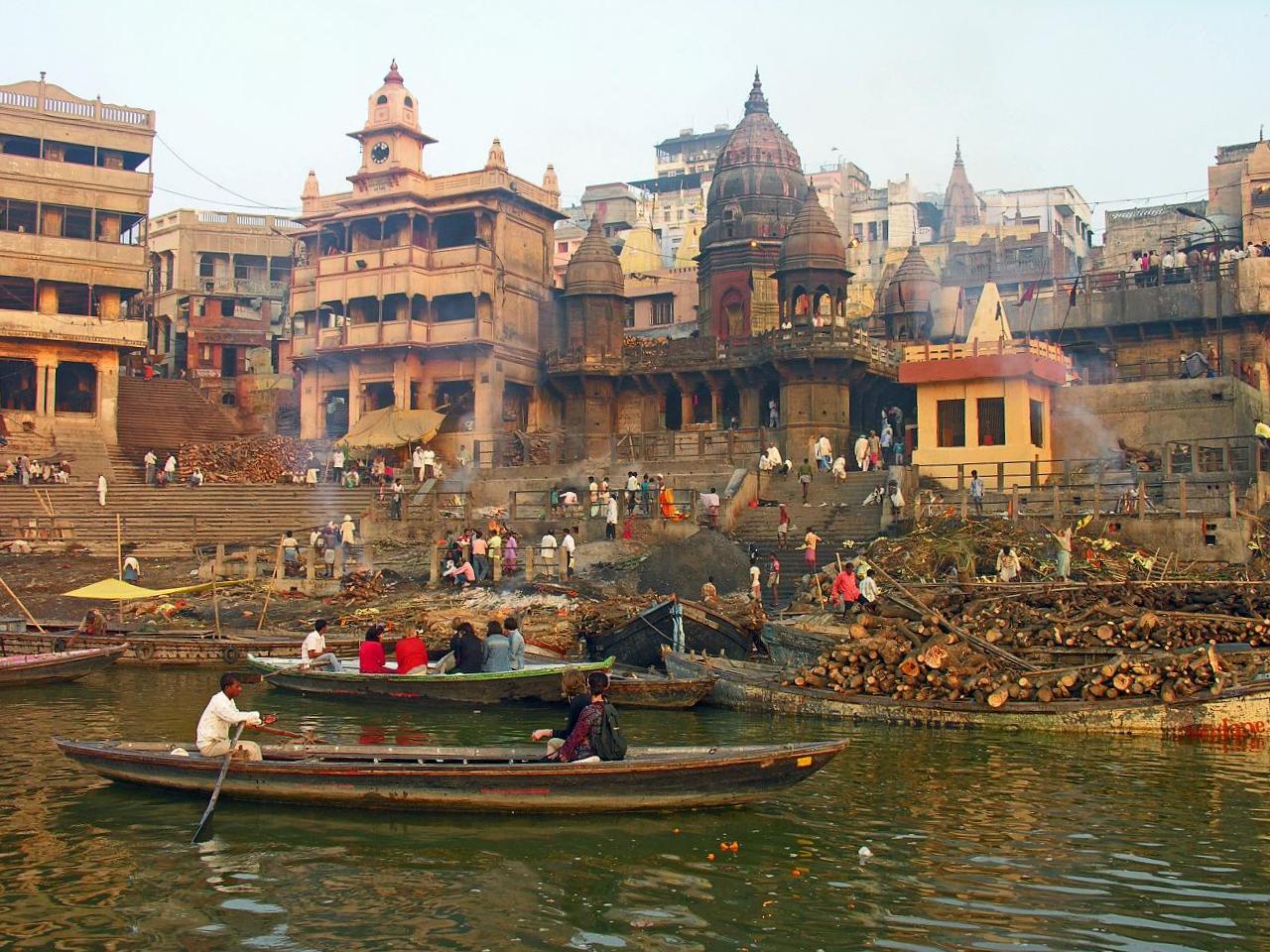
Manikarnika Ghat, the city’s busiest cremation ground, handles an average of 300 bodies daily, according to the Varanasi Municipal Corporation’s April 2025 report. Families from across India bring their dead to this ghat, believing that dying in Varanasi grants moksha—liberation from the cycle of birth and death. The cremations are relentless, operating 24/7, and even during the COVID-19 second wave, the site never closed, with additional pyres set up to meet the surge. Environmental health experts from the Indian Institute of Toxicology Research warn of air quality issues due to traditional wood pyres, yet electric crematoriums introduced in late 2023 are slowly gaining acceptance, now handling 17% of all cremations. The rituals are performed with an ancient precision, as priests recite mantras passed down through generations. The sight of flames licking the night sky is both sobering and strangely peaceful, a reminder of Varanasi’s intimate relationship with mortality.
The Labyrinth of Temples: Kashi Vishwanath’s Magnetic Pull

The Kashi Vishwanath Temple, recently renovated under Prime Minister Narendra Modi’s Kashi Vishwanath Corridor Project (completed in December 2023), now welcomes over 50,000 devotees per day, a number confirmed by the Uttar Pradesh Tourism Department. The expansion, which cost over $90 million, has opened up historic lanes and improved accessibility, increasing footfall by 30% year-on-year. The temple houses one of the twelve Jyotirlingas, making it a prized destination for Shiva devotees worldwide. Security has been heightened with the installation of over 500 CCTV cameras and biometric entry introduced in early 2024 to manage crowd control. The temple’s gold-plated spire glints in the sun, drawing pilgrims and curious tourists alike. Recent archaeological findings, announced in January 2025, uncovered ancient sculptures beneath the corridor, adding another layer to the site’s mythic aura. The temple’s daily rituals, especially the evening aarti, continue to inspire awe and devotion.
Festivals: When Varanasi Comes Alive
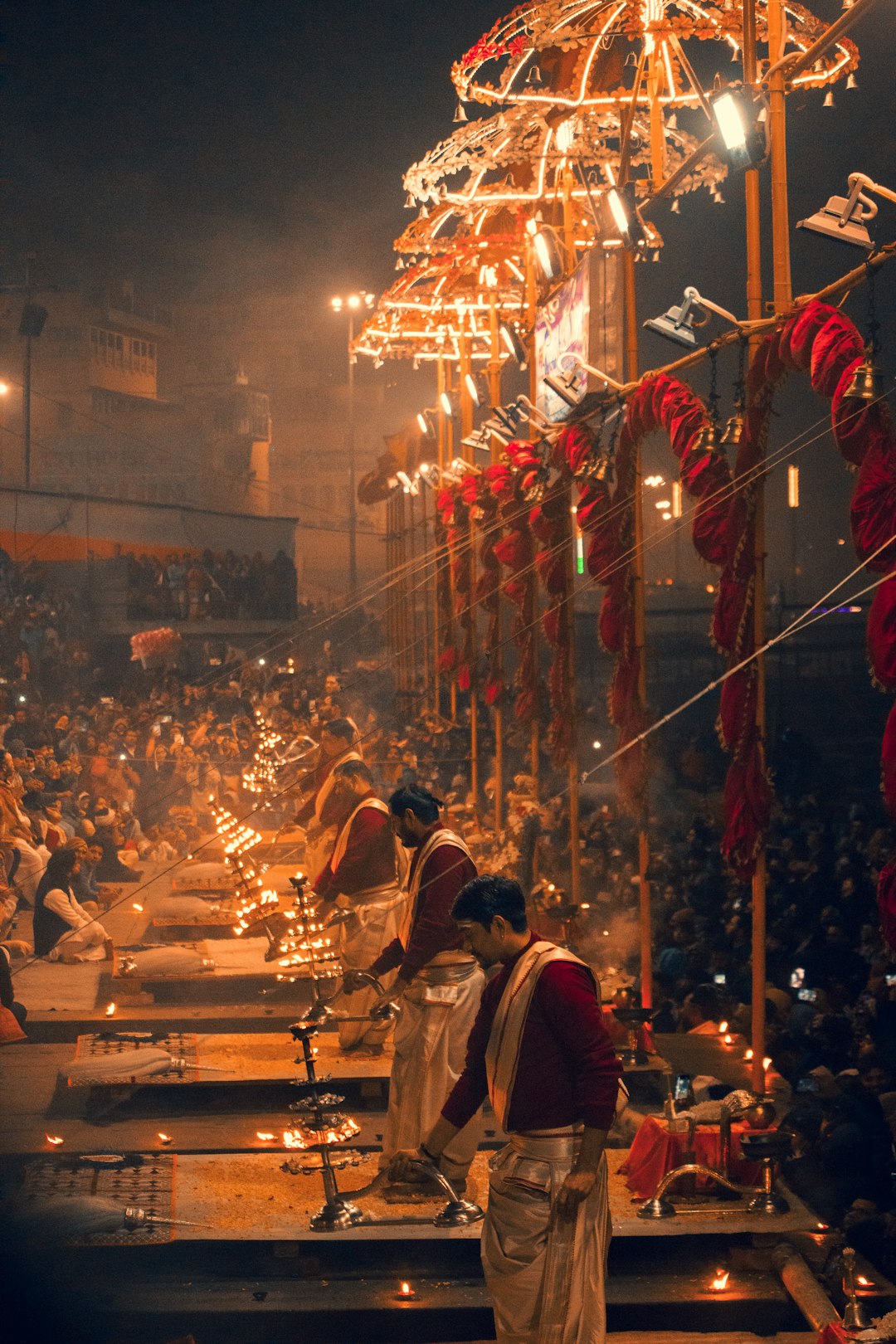
Varanasi hosts over 200 major festivals annually, with Maha Shivaratri and Dev Deepawali being the most spectacular. The city recorded its highest-ever tourist influx in November 2024, with more than 2.3 million visitors during Dev Deepawali, according to Uttar Pradesh’s Department of Culture. The Ganges is illuminated with over 1 million diyas, and drone footage from November 2024 captured the riverbanks glowing like a ribbon of fire stretching for miles. These festivals are not just religious events but massive logistical operations, involving 12,000 security personnel, 5,000 sanitation workers, and a network of 200 medical aid stations. Street processions, musical performances, and fireworks turn the city into a living canvas of tradition and innovation. The local economy sees a 40% spike during festival periods, as reported by the Varanasi Chamber of Commerce in March 2025. For both locals and visitors, festivals are a whirlwind of color, sound, and spirituality that embody the city’s celebratory spirit.
The Modernization Paradox: Technology Meets Tradition
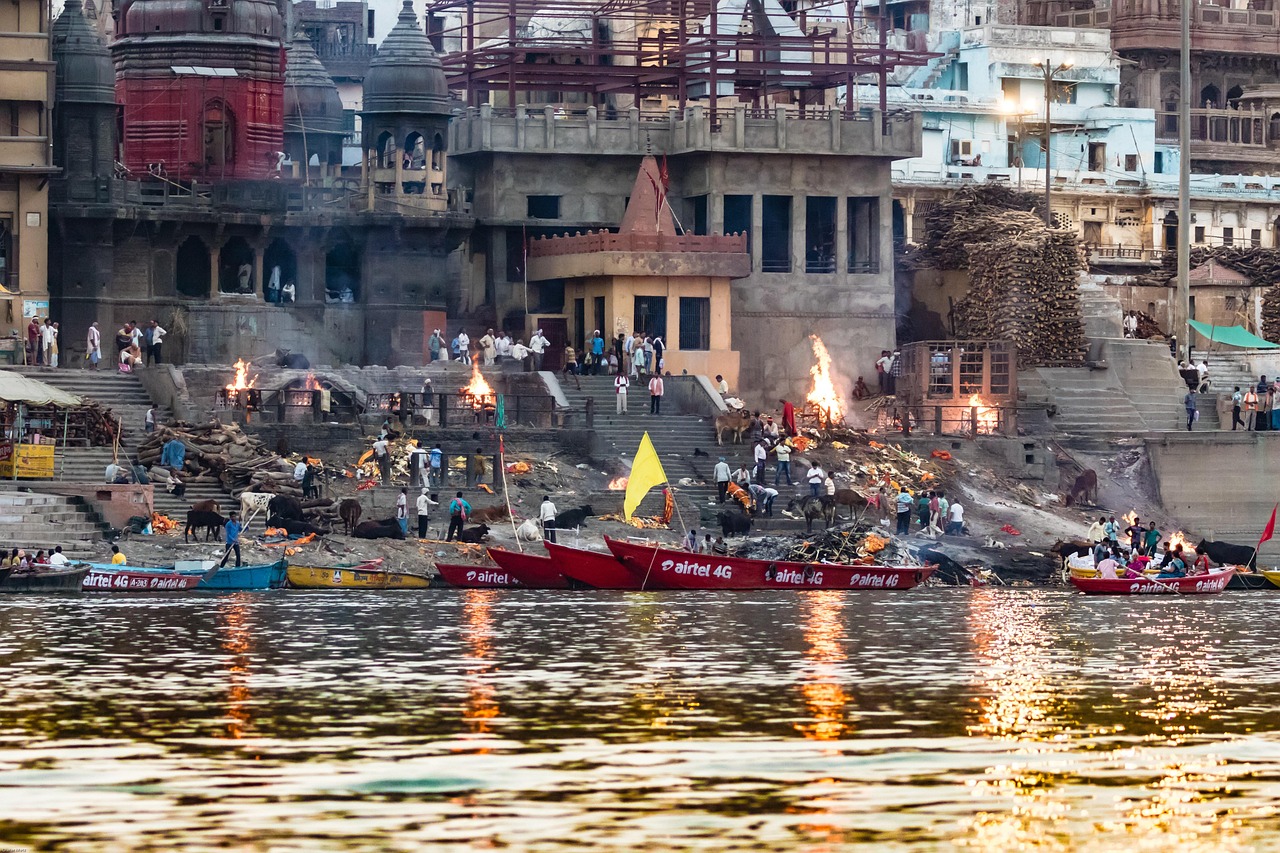
Varanasi’s rapid modernization has sparked debates about preserving its ancient character. The city’s Smart City initiative, launched in 2019 and updated in February 2025, introduced 170 Wi-Fi hotspots, 200 smart surveillance points, and a traffic management system powered by AI. Mobile app-based guides and digital payment options are now standard at major ghats and temples. Yet, this influx of technology is met with resistance from traditionalists, who fear the loss of Varanasi’s “timelessness.” A March 2025 survey by the Indian Sociological Society found that 62% of residents welcome tech-driven improvements, while 38% worry about eroding cultural authenticity. The city’s skyline is changing, with luxury hotels and co-working spaces emerging alongside centuries-old havelis. Despite these shifts, rituals and customs remain firmly rooted, with priests and local artisans adapting technology to reach global audiences, such as livestreamed aartis and virtual temple tours. This dual identity is both a challenge and a testament to Varanasi’s resilience.
Myths and Legends: The Stories That Shape Varanasi
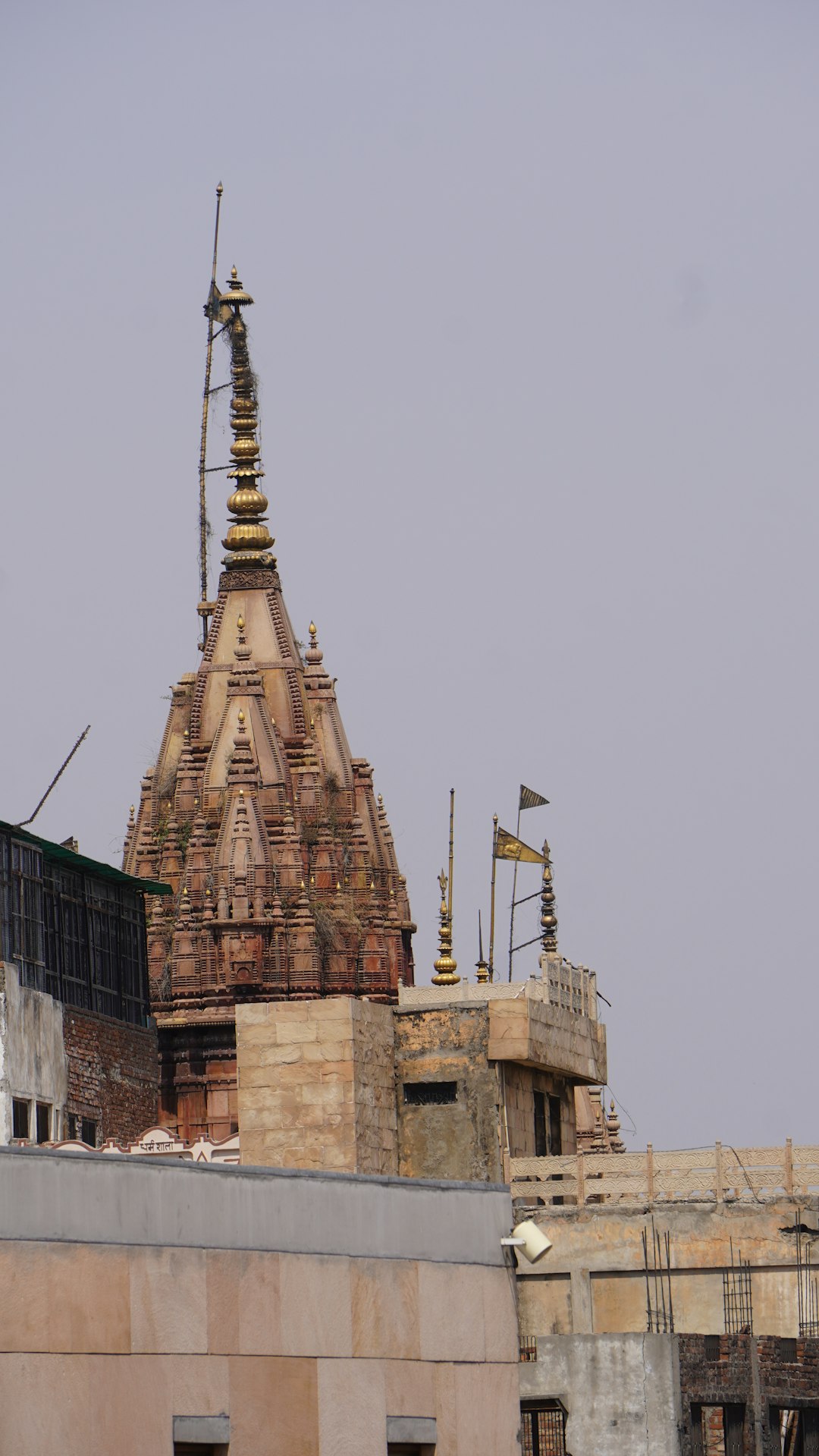
Varanasi’s identity is wrapped in myth, from claims that it is the world’s oldest living city to tales of gods who once walked its streets. Recent research by the Archaeological Survey of India, released in January 2025, suggests continuous habitation for at least 3,000 years, though the popular myth claims over 5,000 years. The city is said to have been founded by Lord Shiva himself, and every temple, lane, and ghat has a story anchored in the Mahabharata or Puranas. Locals point to the “Well of Knowledge,” which, according to legend, contains the wisdom of ages, though geologists in March 2024 found it to be an unusually mineral-rich spring. Stories of ghosts, saints, and miracles continue to attract spiritual seekers and skeptics alike. The city’s narrative is constantly evolving, shaped by oral histories and new archaeological discoveries. These myths are not just relics—they’re living, breathing forces that guide daily life and city policy.
Women’s Voices: Changing Roles in Varanasi’s Spiritual Landscape

A 2025 report by the Centre for the Study of Developing Societies highlights the rising visibility of women in Varanasi’s religious and social spheres. For centuries, the city’s rituals and priesthood were almost entirely male-dominated, but recent years have seen the emergence of female priests, or purohits, especially at the Assi Ghat. In March 2024, the Kashi Vishwanath Temple Trust appointed its first all-women team of aarti performers, drawing national media attention. Women-led NGOs such as Sakhi Kendra have launched campaigns promoting gender equality in temple access and festival participation. The local government’s pilot program, started in January 2025, provides free vocational training for widows who traditionally lived on the city’s margins. These shifts are changing perceptions and inspiring new generations of women to reclaim spiritual and civic space. The transformation is slow but unmistakable—an assertion that tradition can evolve without losing its soul.
Tourism’s Double-Edged Sword: Economic Boom and Cultural Strain

Tourism is both a lifeline and a challenge for Varanasi. According to a March 2025 report by the Ministry of Tourism, the city welcomed 8.1 million domestic and 1.6 million international visitors in 2024—a record high. Hotels, guesthouses, and small businesses reported a 35% revenue increase compared to 2022. However, the surge has strained infrastructure, with waste management and water supply frequently overwhelmed during festival seasons. The Varanasi Municipal Corporation’s April 2025 review found that plastic waste at ghats soared by 22% year-on-year, despite recent bans on single-use plastics. Locals express concerns about the commercialization of sacred spaces, as souvenir shops and selfie-seekers crowd once-quiet lanes. Yet, tourism also funds preservation projects, such as the restoration of the Tulsi Ghat completed in February 2025. Balancing economic gain with cultural respect remains an ongoing negotiation for the city’s future.
Preserving the Sacred: Environmental and Cultural Challenges Ahead
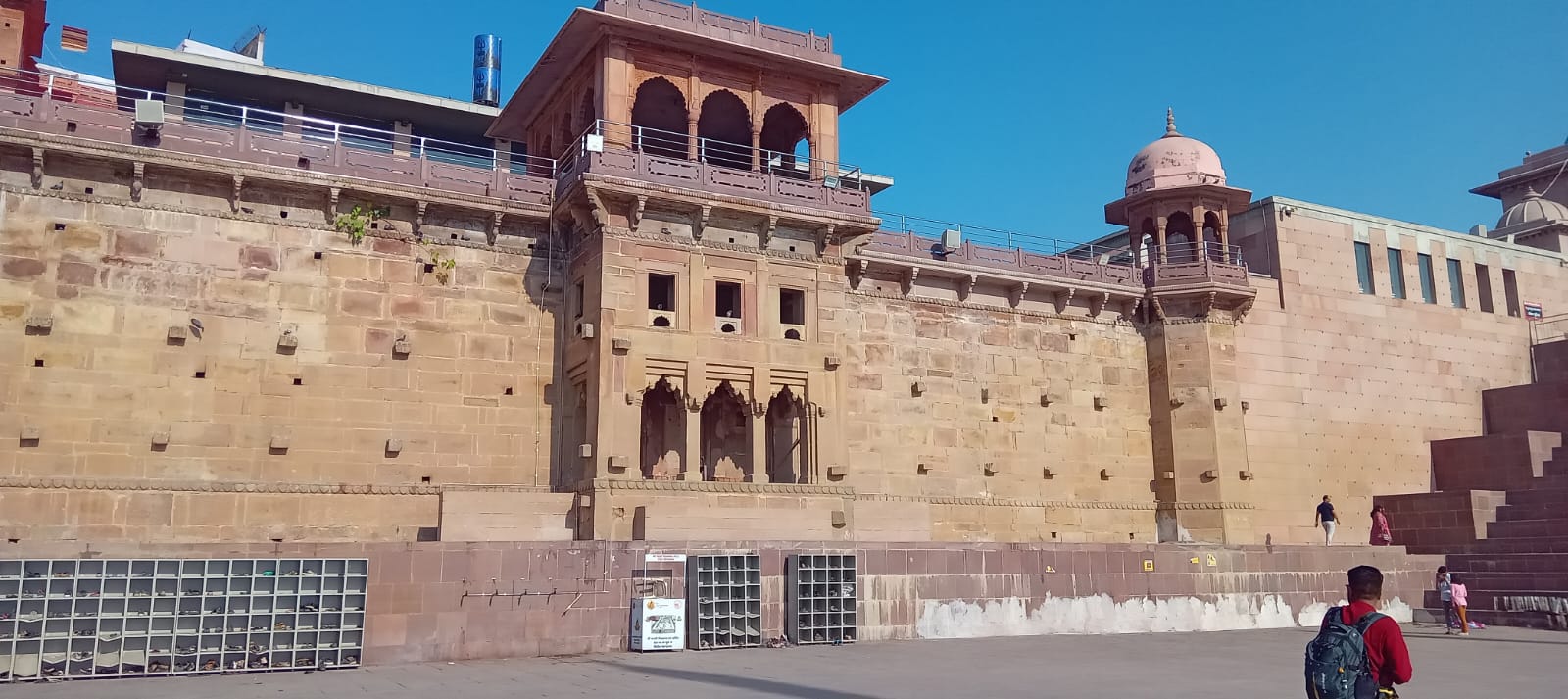
The challenge of preserving Varanasi’s heritage is immense. The National Green Tribunal’s 2025 report stresses that, despite progress, the Ganges at Varanasi still contains unsafe levels of heavy metals and microplastics. The city’s UNESCO World Heritage application, submitted in March 2024, has galvanized efforts to restore crumbling temples and ghats, with over 60 restoration projects underway this year. Local conservationists are using traditional lime plaster and indigenous plants to combat riverbank erosion, as reported by the Indian National Trust for Art and Cultural Heritage in April 2025. Yet, rising real estate prices threaten to displace long-time residents and artisans, leading to protests in early 2025. These pressures are forcing city leaders to innovate, such as introducing eco-friendly cremation methods and setting strict guidelines for construction near heritage sites. The struggle to honor the past while embracing the future is shaping Varanasi’s destiny, one decision at a time.

